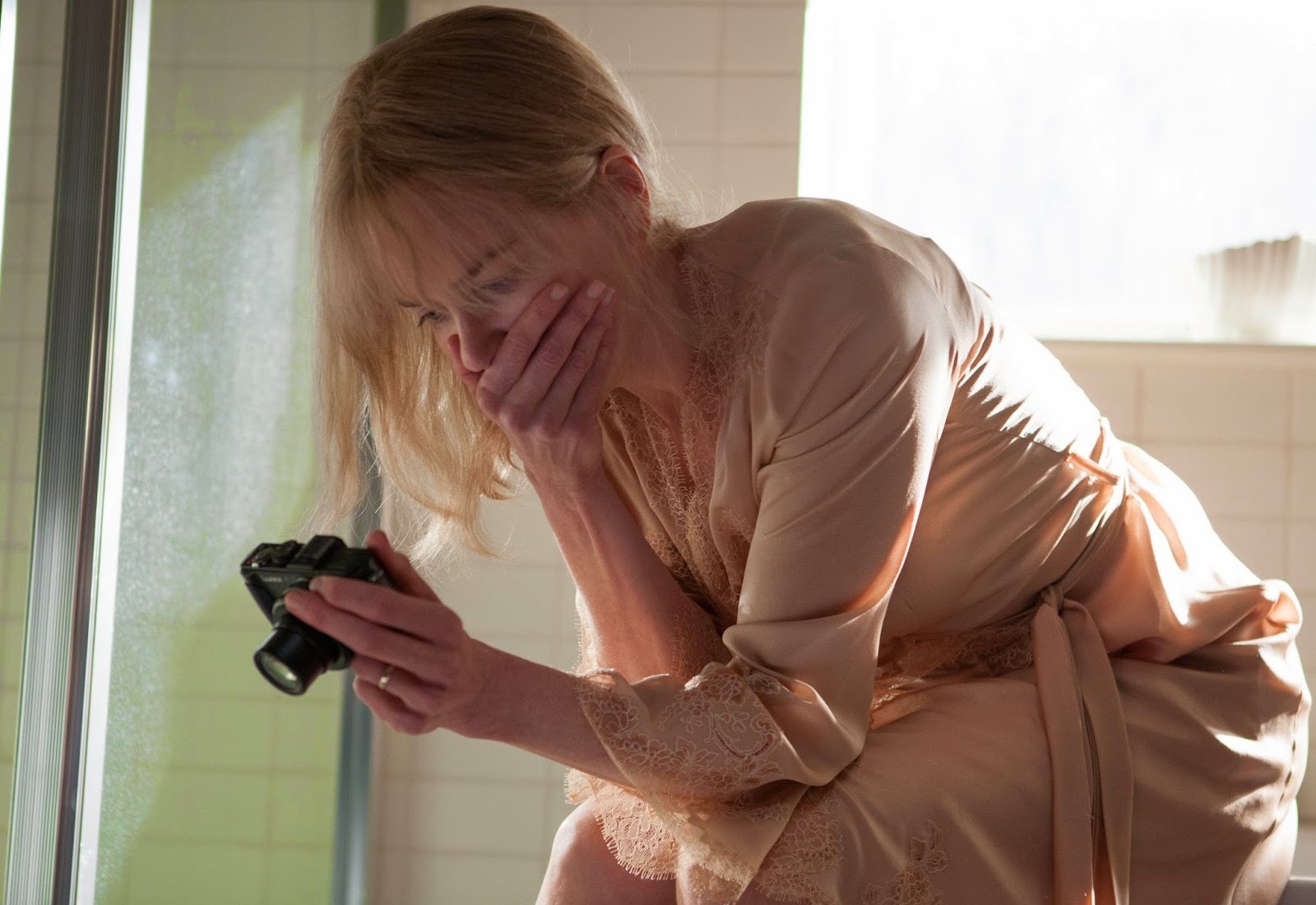This is the second feature film directed by Rowan Joffé, son of legendary director Roland Joffé (‘The Killing Fields’ 84, ‘The Mission’ 86), after his 2011 adaptation of ‘Brighton Rock’ and once again he has returned to the realm of literary fiction for inspiration, ‘Before I Go to Sleep’ being S. J. Watson’s 2011 debut novel of the same name, written in his spare time whilst working as an audiologist for the NHS. The story centers on Christine Lucas (Nicole Kidman), who suffered serious head trauma many years ago and has since been left with the living nightmare of anterograde amnesia, which means her mind can’t record new memories and the events of any given day are effectively wiped whilst she sleeps, very much the opposite of the more traditionally portrayed retrograde amnesia that erases all memories recorded before trauma. She lives with her husband Ben (Colin Firth – whom Kidman requested to work with again after a successful collaboration on ‘The Railway Man‘) and we enter the story as a mysterious new man, Dr Nash (Mark Strong), who claims to be trying to help her, requests that she keep a video diary that she can watch and add to each day, only she should keep this secret from Ben …
It’s a mystery thriller that leads us to question what the circumstances surrounding the primer for her illness could have been (no one around her seems to know), and it’s well acted by the experienced cast, but it is immediately limited by the lack of depth for the setup and somewhat by the lack of experience of the director, who never really manages to create any sense of real tension or excitement. It’s an interesting concept but one also a little forced, and there are only so many different permutations to consider. Managing nonetheless to at least tread water throughout, there must surely be more to the novel than has been transferred to the big screen here as the book became an international bestseller and you would never guess it from this adaptation. We are also treated to a candid view of Kidman’s derrière in the opening scene as she looks at the bathroom wall covered with pictures of her life put up as memory aids, and one can’t help but wonder why this particular angle was selected, or indeed why it was necessary to have her naked at all – it kind of feels like a desperate lack of anything original to grasp the audience with, and the film never quite escapes from a continued similar sense of weak structural integrity.

